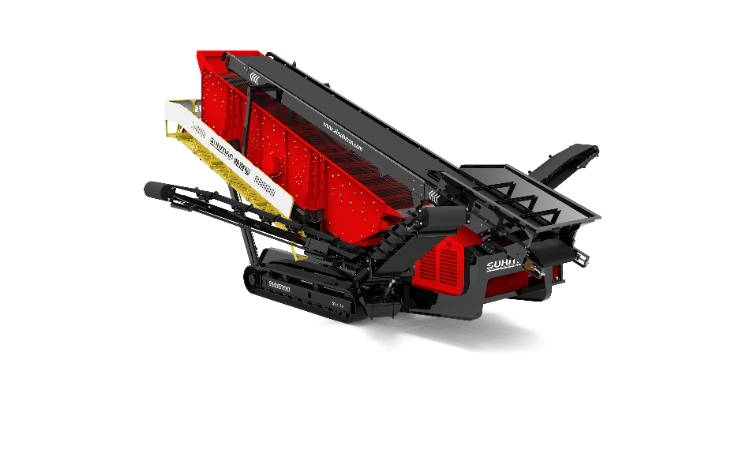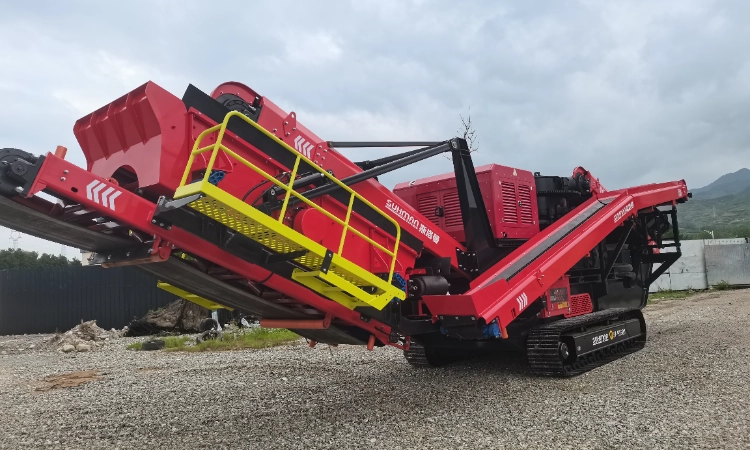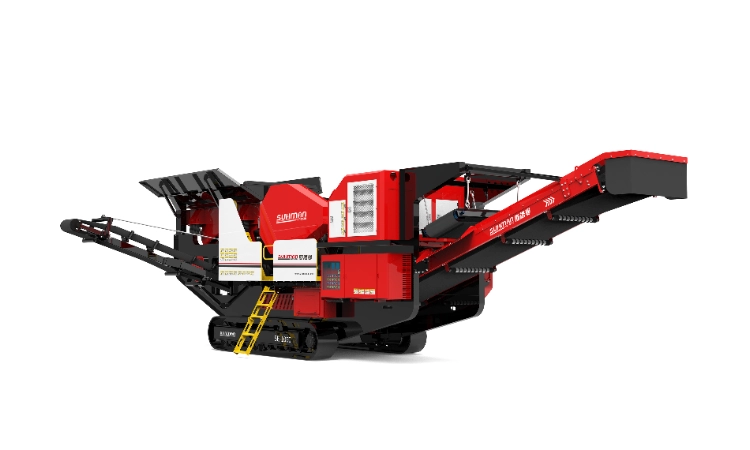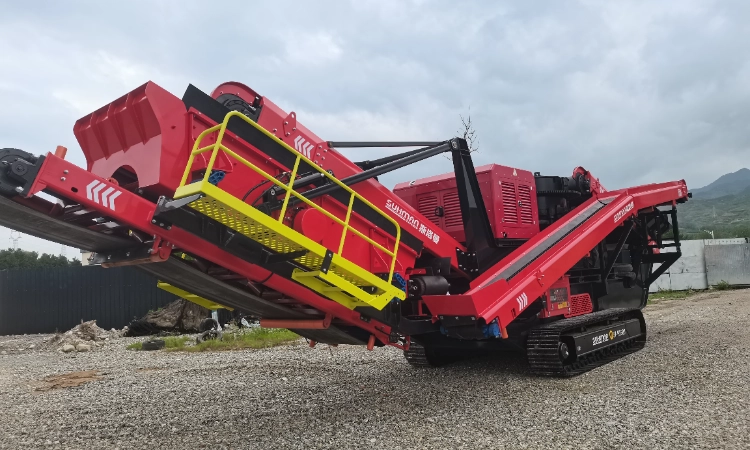Selecting the Right Crushing and Screening Equipment for Sand and Gravel Aggregate Production
Release time: 2025-03-13
In sand and gravel aggregate production, crushing and screening equipment are indispensable. With numerous manufacturers and a wide variety of complex product models available in the market, choosing the right equipment tailored to specific needs is critical. This article outlines the common types of equipment, basic selection principles, and key factors to consider to guide the decision-making process effectively.
Common Equipment Types
The equipment used in sand and gravel production can be broadly categorized into crushing and screening machinery:
- Crushing Equipment:
Includes jaw crushers, gyratory crushers, cone crushers, impact crushers, hammer crushers, and roller crushers, each suited to different material types and processing stages. - Screening Equipment:
Divided into two main types: - Vibrating Screens: Eccentric vibrating screens, inertial vibrating screens, resonance screens, and electromagnetic vibrating screens.
- Fixed Screens: Drum screens, fixed grizzly screens, curved screens, and cyclone screens.




Basic Principles for Equipment Selection
The choice of equipment depends on several project-specific factors. Below are the fundamental principles to guide the selection process:
1. Construction Period
- Long-Term Projects: For projects with extended timelines and concentrated aggregate demand, fixed combined crushing and screening equipment is recommended due to its stability and efficiency.
- Short-Term or Linear Projects: For shorter projects with dispersed aggregate usage—such as highways or other long, linear infrastructure—mobile combined crushing and screening equipment offers greater flexibility and convenience.
2. Stone Specifications
- Large Stones: When dealing with oversized stones, a jaw crusher is ideal for primary crushing.
- Strict Gradation Requirements: If precise size gradation is needed, a combination of equipment—such as a jaw crusher paired with a cone, impact, or hammer crusher—along with appropriately sized screening equipment, is necessary.
3. Stone Properties
- Hard or Medium-Hard Stones: Jaw crushers are the preferred choice for primary crushing of hard or medium-hard materials.
- Medium-Hard or Soft Stones: Cone, impact, or hammer crushers can be used directly, bypassing the need for a primary jaw crusher.
Key Factors to Consider in Equipment Selection
To ensure optimal performance and cost-effectiveness, the following factors must be evaluated:
Economic Indicators
- Initial Expenses:
Costs associated with early-stage preparations, including hiring and training personnel, equipment packaging, calibration, and certification. - Total Equipment Price and Payment Terms:
Critical for businesses with limited cash flow, as pricing and payment flexibility directly impact project continuity. - Installation and Relocation Costs:
Encompasses expenses for installation (e.g., foundation materials, labor, and equipment rental), relocation, and site cleanup. - Operating Costs:
Includes shift-based operational costs, downtime expenses, maintenance and repair fees, as well as costs related to blasting and supporting operations.
Technical Indicators
- Reliability:
A key measure of equipment performance. In China, equipment should ideally operate fault-free for 1000–1500 hours, while international standards may demand 1500–2000 hours. - Manufacturing Process:
Reflects the manufacturer’s technical expertise and management quality, directly affecting equipment reliability. - Productivity:
Equipment capacity should exceed average project demand to account for variations in material properties (e.g., strength, hardness) and ensure production efficiency. - Automation Level:
Indicates the equipment’s technological sophistication, reflecting the manufacturer’s development capabilities and ability to handle complex operations.
Material Conditions
- Type:
Analyze representative samples for rock type (e.g., limestone, granite) and mineral composition. - Strength:
Classified by uniaxial compressive strength: very hard (250–160 MPa), hard (160–100 MPa), medium-hard (100–40 MPa), or soft (<40 MPa). - Hardness:
Measured on the Mohs scale (1–10), indicating resistance to mechanical wear. - Moisture Content:
Ideally ≤2%, with a maximum of 5%. - Clay Content:
Ideally ≤1%, with a maximum of 2%. - Maximum Size:
Controlled via blasting methods to meet system requirements, rather than being a primary selection factor. - Feeding Method:
Options include loader feeding or direct tipping from dump trucks, based on operational needs.
Desired Product Specifications
- Total Output:
Measured in tons per hour, calculated from annual or monthly targets to determine hourly workload. - Gradation Requirements:
Common sizes include 0–5 mm, 5–15 mm, 15–25 mm, and 25–40 mm. Select screen types (e.g., steel or resin) and aperture shapes (e.g., square or round) based on project needs. - Particle Shape:
Must meet construction standards for needle and flake content percentages. - Additional Requirements:
Examples include water washing on vibrating screens to clean materials.
Supply Considerations
- Source and Channels:
Evaluate options (e.g., leasing agents, manufacturers, or distributors) based on regional differences, market maturity, and parts availability. - Delivery Time:
Shorter lead times are preferable, but custom equipment requires sufficient production time to ensure quality without delaying the project. - Transportation:
Assess costs, risks, and special requirements, which also reflect the manufacturer’s design capabilities. - After-Sales Service:
Includes technical training, parts availability, pricing, support locations, and maintenance services.
Selecting the appropriate crushing and screening equipment for sand and gravel aggregate production requires a comprehensive evaluation of construction needs, material characteristics, economic constraints, technical performance, and supply logistics. By carefully balancing these factors, producers can optimize efficiency, reduce costs, and ensure the equipment meets project-specific demands. This structured approach simplifies the complex decision-making process, enabling informed choices in a crowded and varied market.



